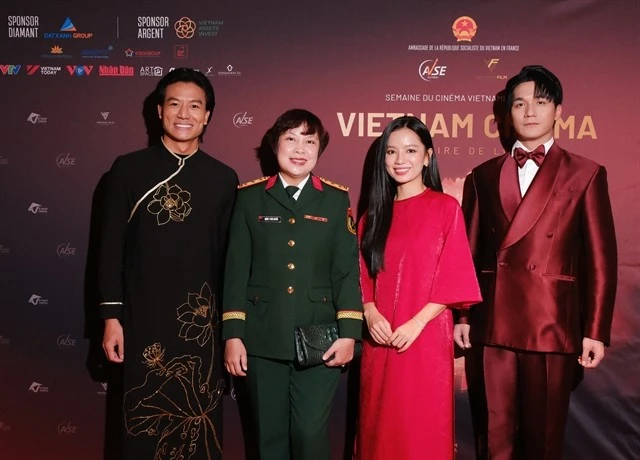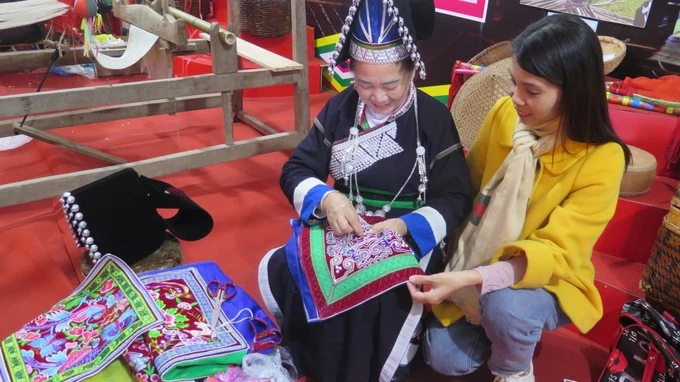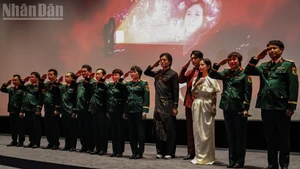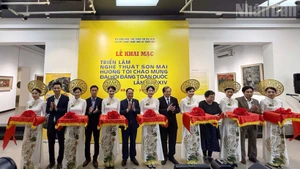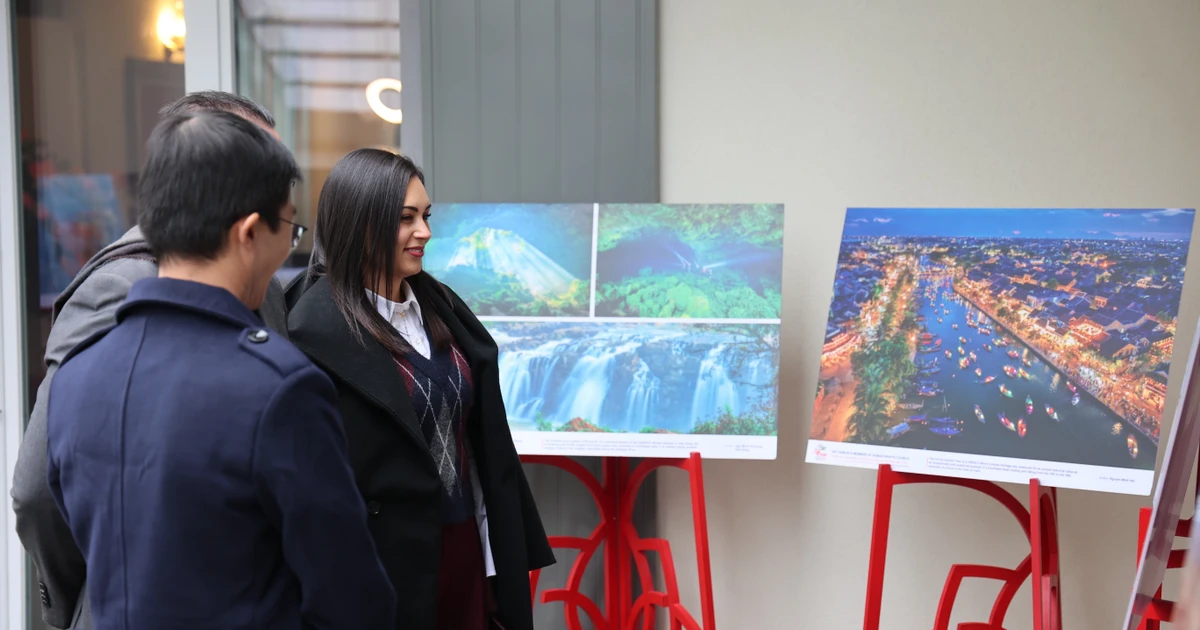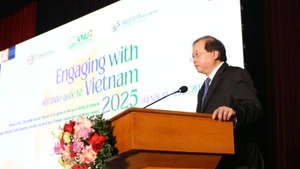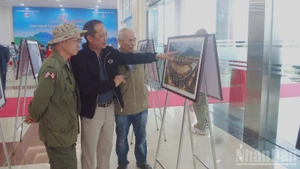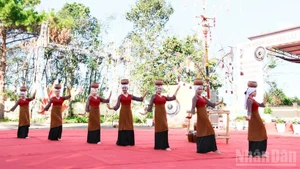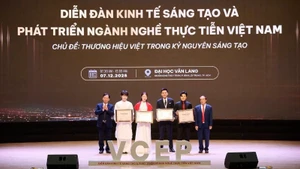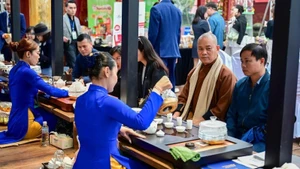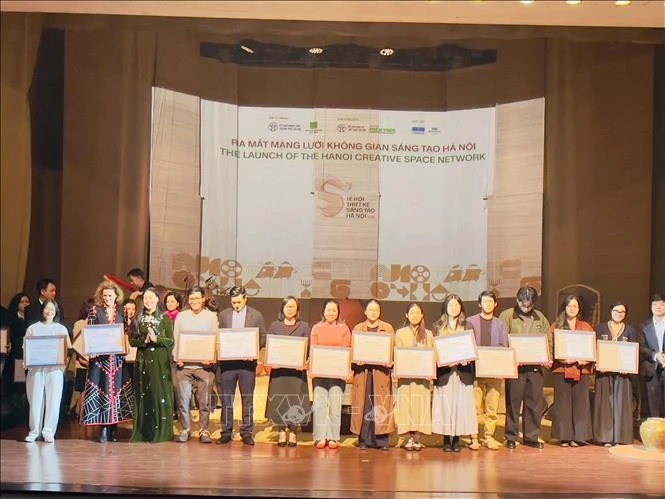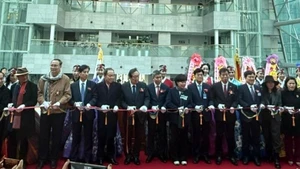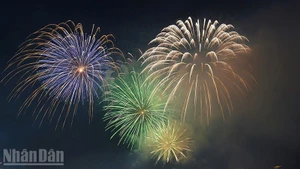The Lunar New Year’s Eve meal is an opportunity for Vietnamese to invite ancestors and deceased family members to celebrate Tet and reunite with their children and grandchildren. It also connects generations in the family to see off the old year and welcome a new year full of happiness and good things.
According to Tran Huu Son, deputy head of the Vietnam folk arts association, each family normally prepares two offering trays of food on the occasion. The oldest man in the house will burn incence and read prayers inviting gods and ancestors to come to celebrate Tet with his family.
In the past, an offering tray, particularly in the north, often had six bows and eight plates of different traditional culinary delights for Tet. As time flies, the feast now sees less of traditional food and includes more modern specialties.
The trays also present different dishes according to regions. Northern people hardly forget to place banh chung (square glutinous rice cake), gio lua (sausage made of pork and traditionally wrapped in banana leaves), and nem ran (spring rolls) on their strays; residents of the central region prefer banh tet (round glutinous rice cake) and boiled pock; while braised meat and shrimp and meat salad are the must-have traditional food for people in the South.
In addition to these food trays, there are a five-fruit tray, incence, flower vases, candles, tea, and votive offerings, among others placed on the alters of Vietnamese families on the special eve.
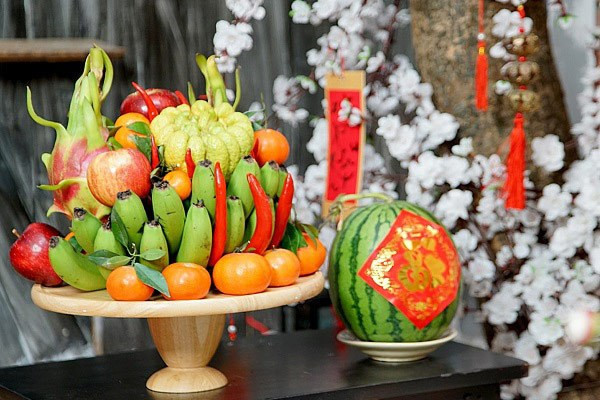 |
| A five-fruit tray (Photo: VNA) |

